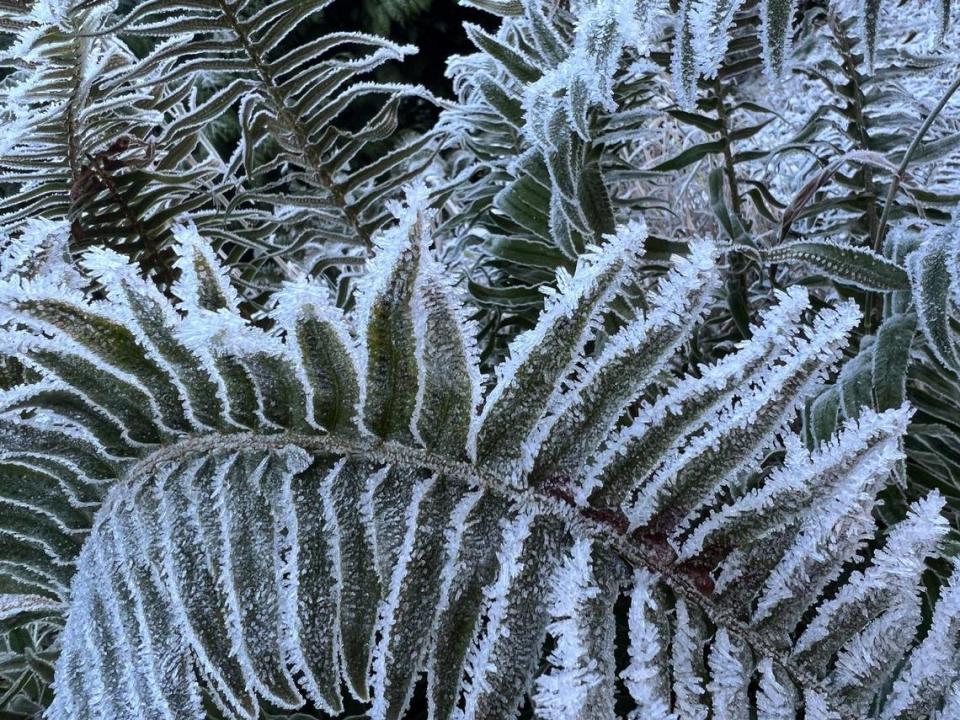What’s keeping Whatcom cold? This common weather phenomenon
When the conditions are right, ice-cold air from the high plateau of Alberta, Canada, blasts through a mountain gap where the Fraser River flows toward Vancouver, B.C, focusing its energy and producing gusts of 30 to 40 mph and sometimes even 60 mph.
Meteorologists call it a Fraser Outflow, because the wind picks up speed as it’s funneled through the Fraser River Valley.
A Fraser Outflow situation is what’s keeping Whatcom County at least 10 degrees below normal this week, with a noon temperature of 27 degrees and a wind chill of 14 on Thursday, Dec. 1.
A low of 17 degrees Thursday broke the record of 19 from 2014, and a low of 19 degrees early Friday, Dec. 2, broke a record of 21 from 1954.
It’s normally around 48 degrees in early December near Bellingham.
“It is bitterly cold,” said Randy Small of Lynden, who manages the Whatcom County Weather page on Facebook and Twitter.
“It’s raw. It chills you to the bone,” he told The Bellingham Herald.
A warm Fraser Outflow can occur in summer, but the term is usually associated with a “Nor’easter” storm roaring out of British Columbia in the dead of winter.

A strong Fraser Outflow caused the “February Freeze” of 2019, a 10-day stretch where daytime temperatures hovered around the freezing mark and overnight lows dipped into the teens.
“A few times I’ve been out with wind chills in the negative numbers. You can’t be out in it very long without proper gear,” Small said.
Winds sometimes barrel out of the northeast at speeds strong enough to cause power outages in Lynden and Ferndale.
When those frigid winds run smack-dab into a storm system approaching from the Pacific, lowland Whatcom County will get snow — and sometimes lots of it.
That’s what happened in 2014 and 2019, when the lowlands saw more than a foot of snow and biting cold temperatures lasted for days.


 Yahoo Movies
Yahoo Movies 
